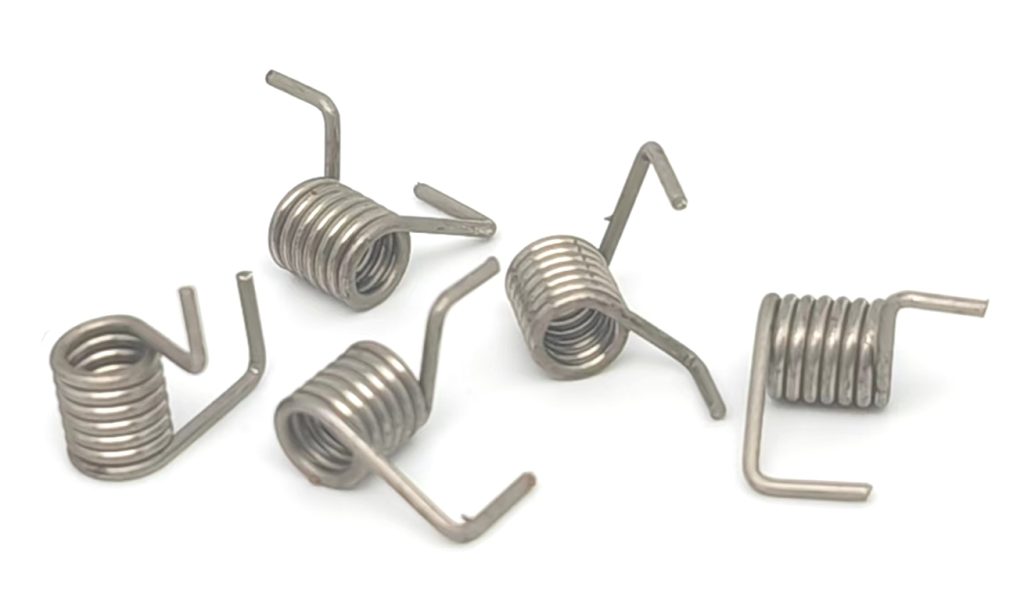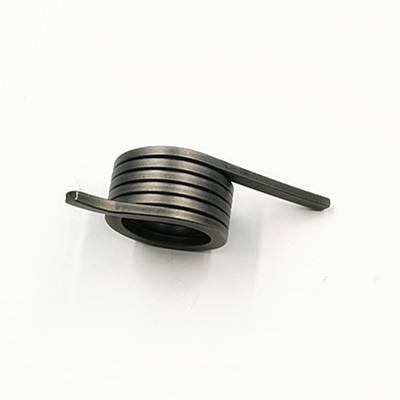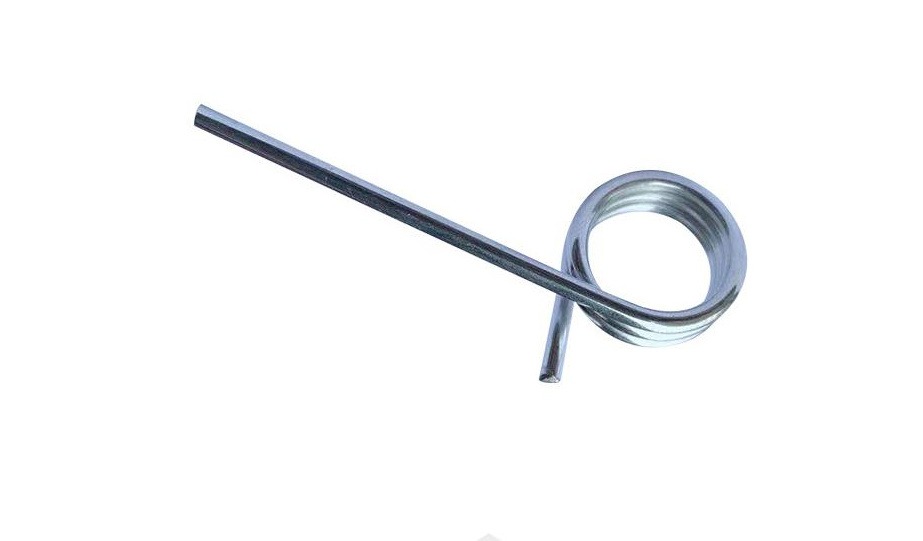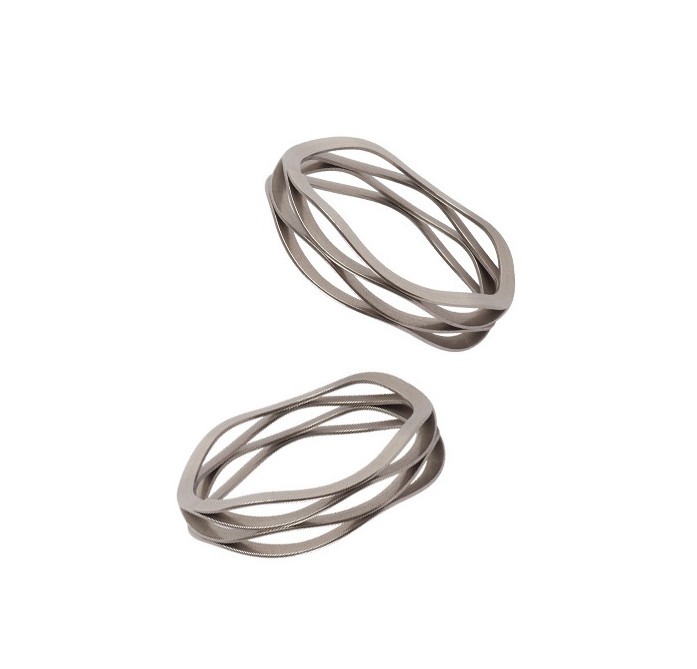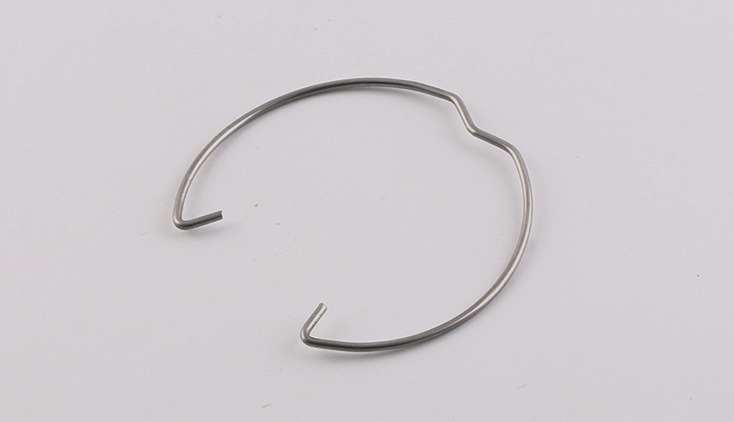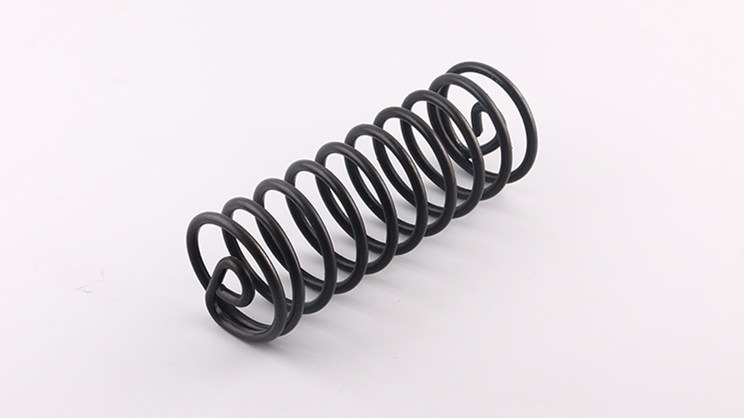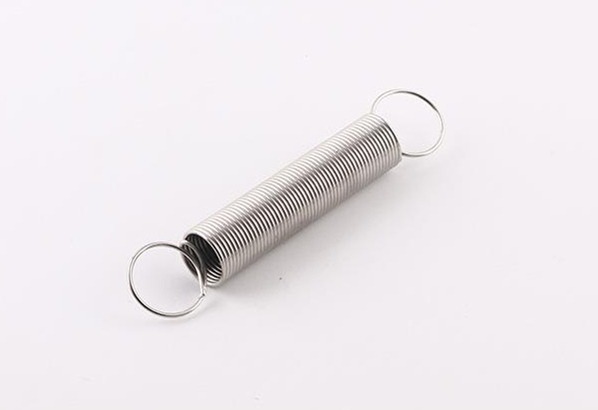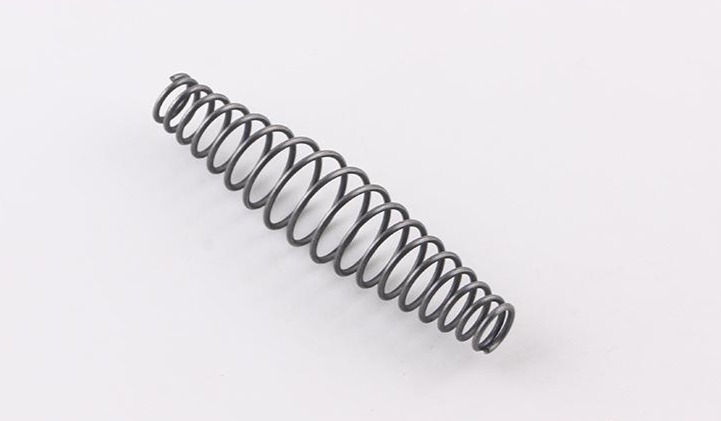Torsion Springs: How To Produce And What Are The Applications?
A torsion spring is a kind of spring that has strong mechanical energy under torsional deformation. If you are looking up information on networks to get to know torsion spring application and manufacturing technology. You’ll get the details of what you are looking for here, such as application, design parameters, material, torsion value calculation, and manufacturing equipment.
How To Produce Torsion Springs
1. Torsion Spring design parameters
The design principle of torsion spring is more complicated than other springs, and the shape of torsion spring is very flexible, so there are some notices about torsion spring design as below:
1. Free length
2. Diameter: a) inside diameter; b) outside diameter; c) inside and outside diameter of diameter controlling device
3. Steel wire diameter
4. Grade and category of material
5. Torque force (the number of pounds deflected to a certain angle)
6. Maximum deflection (the angle from the free position)
7. The form of the end
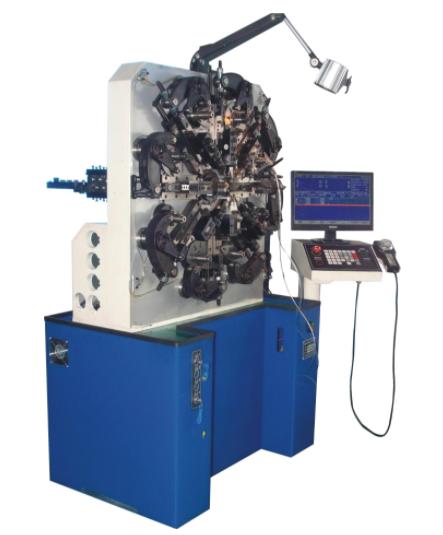
2. Torsion value calculation
The torsion value of torsion spring calculation equation is F=(Ed^4*)ψ/ (3670*n*D) *L
| E | d | ψ | n | D | L |
| Wire Modulus of Rigidity | Wire Diameter | Deflection Angle | Number of Turns | Middle Diameter | Length of Torque Arms |
The torsion value of a spring depends on the size of its elastic coefficient, and that, the size of the elastic coefficient is connected with material, cross-sectional area, and turns per unit length.
3. Manufacturing equipment
Torsion spring is a kind of spring fittings requiring high precision and high rigidity. The torsion springs are produced by a master spring-making machine, because an ordinary spring-making machine can not meet the 1800°processing technic, with high precision, the master spring-making machine could achieve different angles and different shapes of the forming positioning, also a general CNC master machine and automatic production equipment.
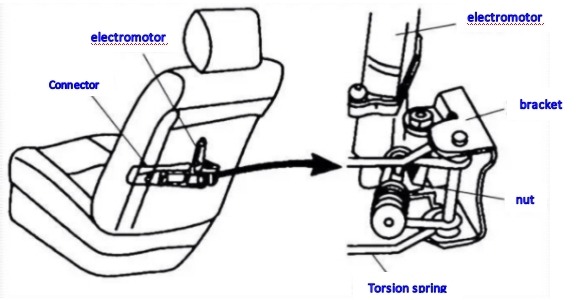
Why Torsion Springs Are Widely Used
As we know, the torsion spring is widely used, then, why do so many people would like to use it to make various kinds of tools and machines? The bottom of the torsion spring is often fixed to other places when it is in use, which constitutes the other component rotation around the torsion spring center. Meanwhile, when other components rotate around the center of springs, the spring will pull other components back to the original position sensitively, which will constitute a rotation force and it will change to the resistance required. In this way, the torsion spring can be fixed in a static method through storage or release of the energy, and reach the desired role. Also, we will find that the number of turns of the torsion spring is different, so there is a lot of physical and mathematical knowledge involved here. We can calculate the number of turns required for torsion springs based on the resistance of fixing the equipment. Moreover, in the process of calculation, we also can design the direction of the torsion spring according to the actual resistance requirements.
Common Applications Of Torsion Spring
Torsion springs play a balanced role in industrial manufacturing, so torsion springs were used by so many mechanical machines. The torsion bar is smaller, the torque force is bigger, and it is a good component for making a vibration absorber. Here are 4 common ways of using torsion springs as below:
1) Control the mechanical movement, such as the internal combustion engine valve spring, clutch control spring, etc.
2) Absorb vibration and impact energy, such as the buffer spring on cars and trains, coupling in the vibration spring.
3) Store up and output energy as motive power, such as clock spring, gun spring, etc.
4) Force-measuring elements, such as the force-measuring device, spring balance, etc.
Summary
Above all, you already get to know the application and production of torsion springs. If you are considering choosing a reliable custom torsion spring supplier, KENENG is a good choice for you who could provide you with many valuable services.

